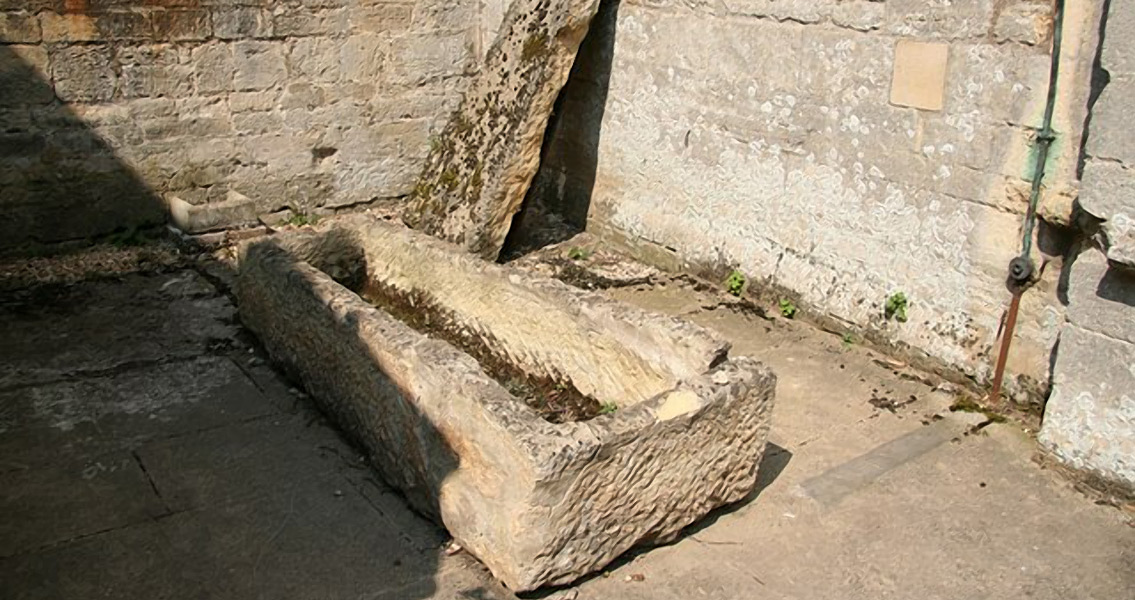<![CDATA[New test results have revealed a tantalising glimpse into Roman burial customs. It is particularly rare to unearth a child's burial from the Roman era, as they tended to be simple affairs. It has been suggested that because infant mortality was so high at the time, Roman children may not have been considered to have reached full personhood. As a result, they may not have warranted full burial honours. Those children's remains that have been discovered were buried in plain burial shrouds which did not afford much protection from environmental decay. As a result, it is incredibly rare for a child's remains from the Roman era to be well preserved. The discovery of a 1,600 year old girl's coffin in Leicestershire in 2013 was of major archaeological significance. What was particularly remarkable was that the girl - named Oriens by members of the public through a poll conducted by Archaeology Warwickshire and the University of York - had been buried in a lead-lined coffin. Researchers from the University of York's InterArchaeology Project have recently opened the coffin and analysed what was found inside. The lead-lined coffin has already yielded some impressive results; it appears that the girl was buried in a luxurious manner. Traces of frankincense, olive-oil and pistachio resin have all been found, indicating that the burial was an extremely expensive affair. What is also clear is that the coffin was a complex construction. Several Roman nails found nearby indicate that the lead casket was a lining for a wooden coffin. The lead casket would have been heated to a precise temperature so that it did not harden too quickly before being poured into a mould. Researchers also found markings inscribed into the lead. All these factors indicate that the lead casket had been created by skilled craftsmen. Within the casket, researchers found several impressive pieces of jewellery. Two body adornments, made of either jet or slate, were discovered. As of yet, it is unclear whether these circular pieces were bracelets, hair retainers, bangles, or something different entirely. It is clear from the lavishly adorned burial and the artisan construction of the coffin that the girl was of a high social rank. “Such adornments were likely to have been worn by high status individuals in Romano-British society and the fact that Oriens was buried with two of them lends further weight to the suggestion that she was from a wealthy or important Roman family,” Heritage and Culture Warwickshire says. Researchers hope to learn more about the girl's burial from analysis of her bones and clothing. Of particular interest would be any chemical residue from pre-burial treatments and mortuary practices. These would offer important information about how Romans treated their dead, 1,600 years ago. Clues about the girl's diet could also be gleaned from analysing her bones. Her diet, taken alongside investigations of her clothing and other perishable artefacts found in the grave, could offer significant evidence for her social status. Oriens' burial is providing incredible new insights into the Roman world. It is extremely rare to find a Roman child's burial, so to have discovered such a lavishly-adorned coffin has revealed unprecedented information. Continued research will hopefully provide even more clues about Romano-British culture. ]]>
Child's Coffin Provides Clues to Roman Culture
